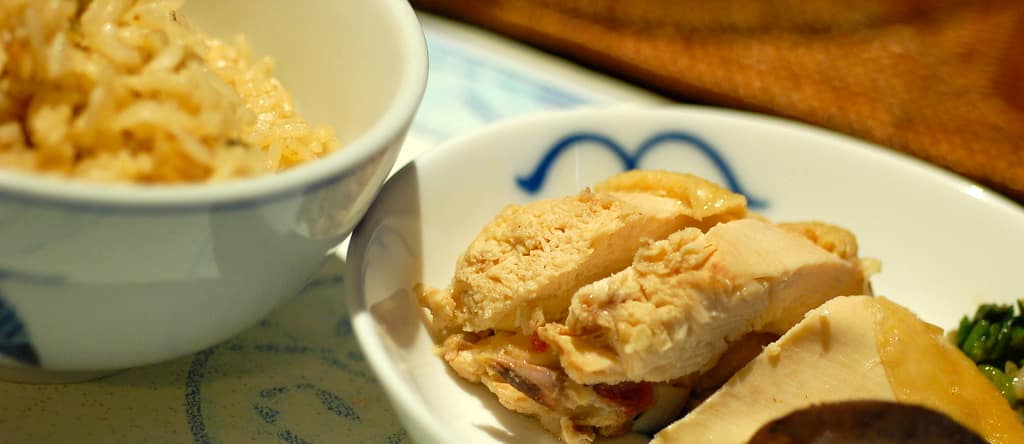It may be no coincidence that the rice found most contaminated with arsenic originated from some of the top poultry producing states such as Arkansas, Texas, and Missouri. Earlier this year, researchers at Johns Hopkins School of Public Health found levels of arsenic in chicken feather meal up to 100 times that found in apple juice by Dr. Oz last year and 10 times that just found in rice. Feather meal is made from the billion pounds of feathers plucked from chicken carcasses annually (sometimes with heads, guts, manure, and feet thrown in to increase protein and mineral content) and is fed to farmed fish, pigs, poultry, and cattle as well as used to fertilize both conventional and organic crops. Chicken manure is also used directly as feed and fertilizer and has been found to significantly increase arsenic levels in the soil.
Some of the arsenic in apple juice and rice may from the use of arsenic-containing pesticides, but how did arsenic get into the chickens? The poultry industry fed it to them.
Two million pounds of arsenic-containing chemicals have been fed to chickens annually in the United States. Why would the industry do such a thing? When tens of thousands of birds are crammed into filthy football field-sized sheds to lie beak-to-beak in their own waste they can become so heavily infested with internal parasites that adding arsenic to the feed to poison the bugs can result in a dramatic increase in growth rates. Arsenic can also give the carcass a pinkish tinge, which consumers prefer.
Though arsenic-based feed additives have been banned in Europe for over a decade, they continue to be legal in the United States. One drug company did announce last summer, that it has suspended sales to domestic poultry companies after the FDA found concerning levels of a particularly toxic form of arsenic in edible tissues of chickens eating feed laced with their arsenic-containing drug. Unfortunately, the drug company continues to manufacture and export the feed additive and another arsenic-containing poultry drug remains on the U.S. market.
Based on the USDA estimates of arsenic levels in the U.S. chicken supply, the prestigious Medical Letter on the Centers for Disease Control and the Food and Drug Administration concluded, “Chicken consumption may contribute significant amounts of arsenic to total arsenic exposure of the U.S. population….Levels of arsenic in chicken are so high that other sources may have to be monitored carefully to prevent undue toxic exposure among the population.”
-Michael Greger, M.D.
